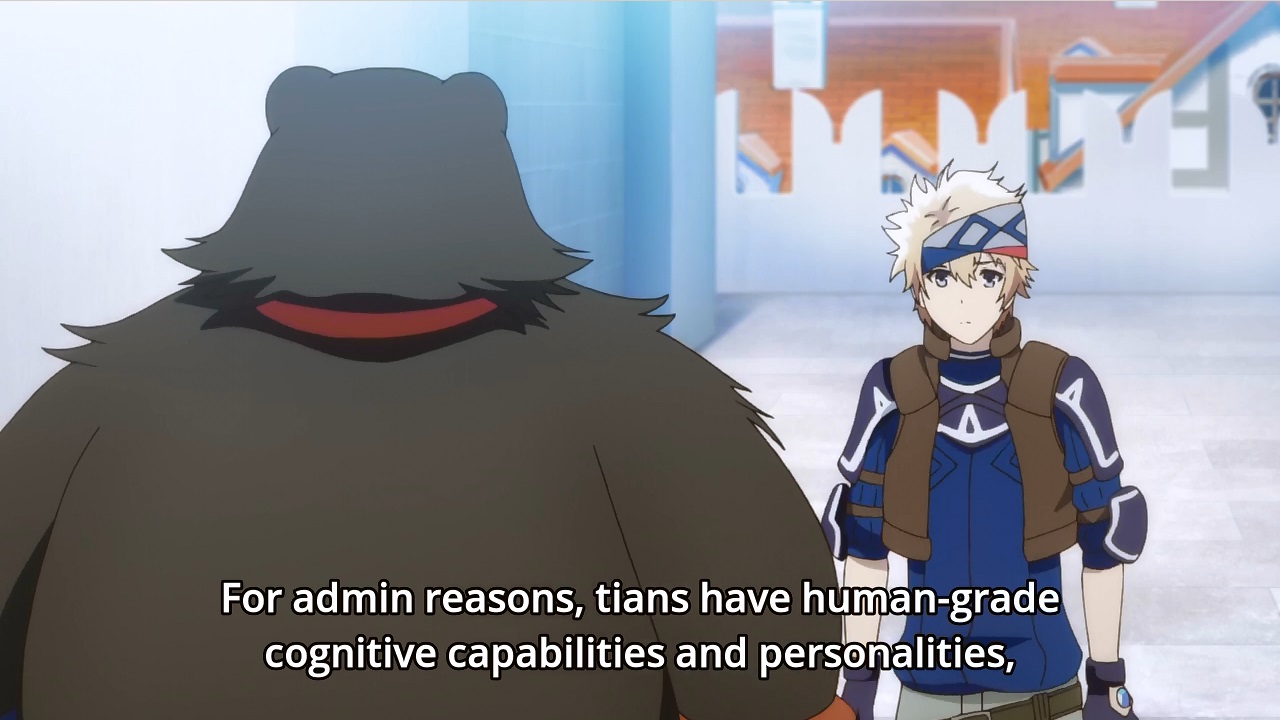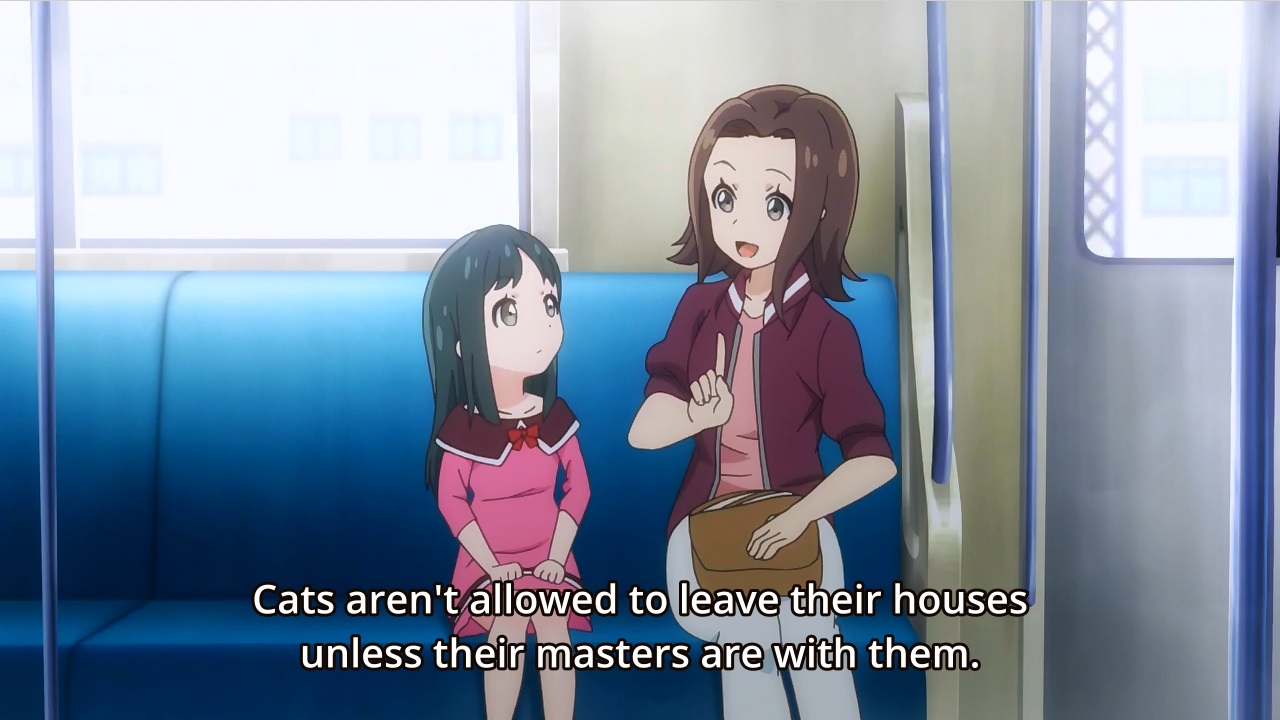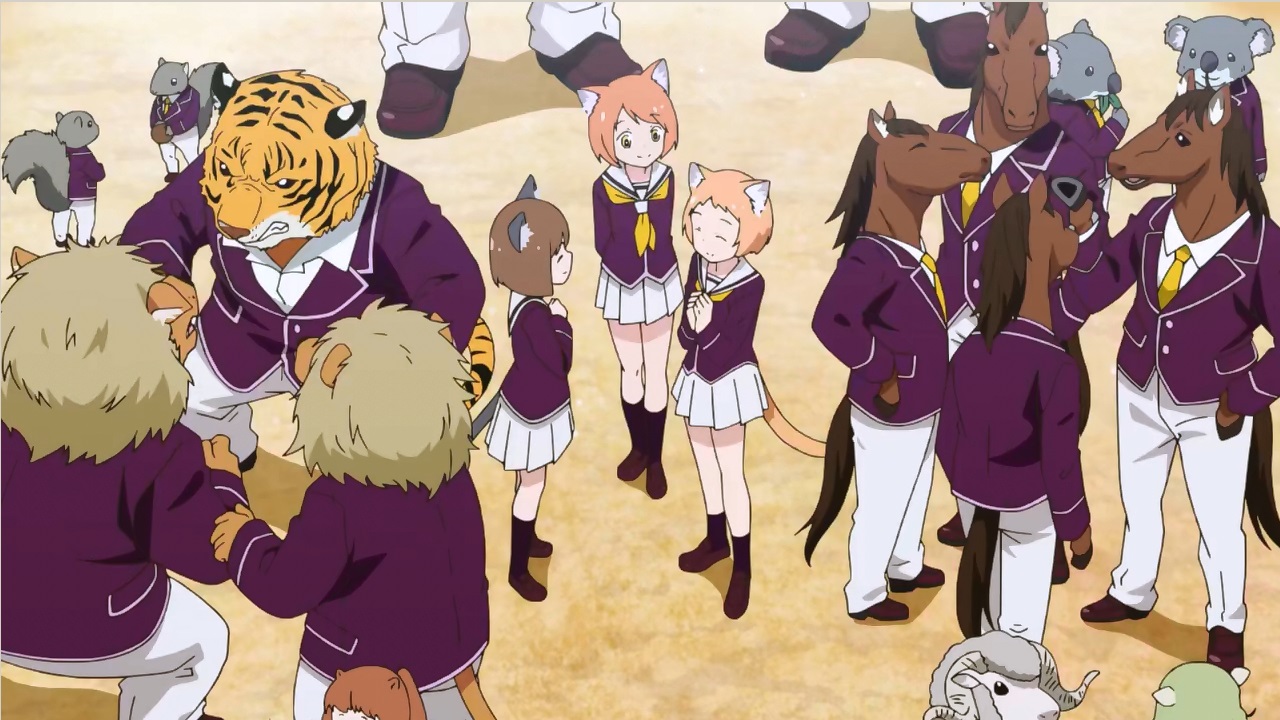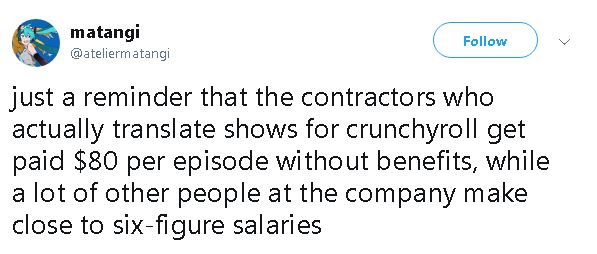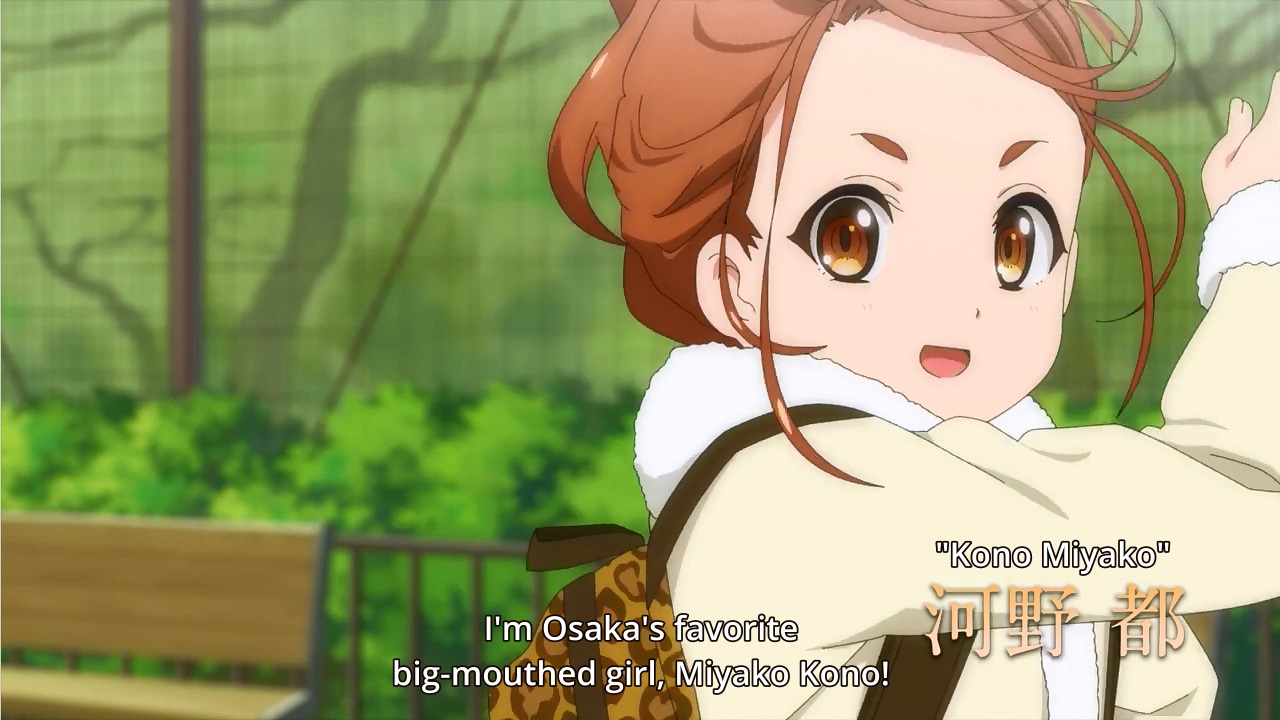The third episode of Infinite Dendogram opens with the protagonist being told about how much stronger players than he had solved the problem of the player killers he himself fell victim them to last episode.
The third episode of Bofuri opens with the protagonist complaining to her best friend about the new rules introduced by the game that nerf her powers after she came third in the first big event it had launched.
Nothing shows the contrast between what should be very similar series better than this. In Infinite Dendogram the protagonist has things happen to him. He starts playing the game his brother has already been playing for years and lets him guide him through his first adventure. He get things just for being there, most notably his “Embryo”, the unique gimmick of the game, which predictably turns out to be a young girl. He gets attacked by player killers and by coincidence meets a super high level player shortly after who promises to do something about it. He hears about what other people are doing but does nothing of note himself in this episode. In Bofuri the protagonist is active. After she let herself be convinced to start playing the game her best friend wanted to play with her, she spent the first episode on her own, deciding how she wanted to play the game. Once she had decided, she then set out to create exactly the type of character she wanted to play: somebody so strong in defence and vitality she could never be hurt. Through this she came third in the game’s first tournament, at the cost of having her powers debuffed because they turned out horribly game destabilising. And in this episode she sets out to find new ways of using her skills to compensate for this nerfing.
What also becomes very clear in these third episodes is the difference in how each series treats their setup. In the first, the world it takes place in is very much a fantasy world with some gaming elements laid on top of it, with little thought on how it would work as a game. In the second, it feels much more of a game. Events happen, rules get modified when abilities turn out to be game breaking and we see the protagonist and her friend talking in real life about the game. Infinite Dendogram wants us to forget it’s a game; Bofuri revels in it.
Both series are about having relaxing adventures in a MMORPG virtual reality game. Both games are set in the sort of medievaloid fantasy world we already know from dozens of similar anime and manga series, only this time nobody is trapped inside them. Their protagonists are sort of similar too. Both are gaming newbies who have just started playing this VR MMO, who have more experienced friends to give them advice. But Infinite Dendogram puts me to sleep while Bofuri, (full title: Itai no wa Iya nano de Bougyoryoku ni Kyokufuri Shitai to Omoimasu or I Don’t Want to Get Hurt, so I’ll Max Out My Defense keeps on charming me with each episode.
